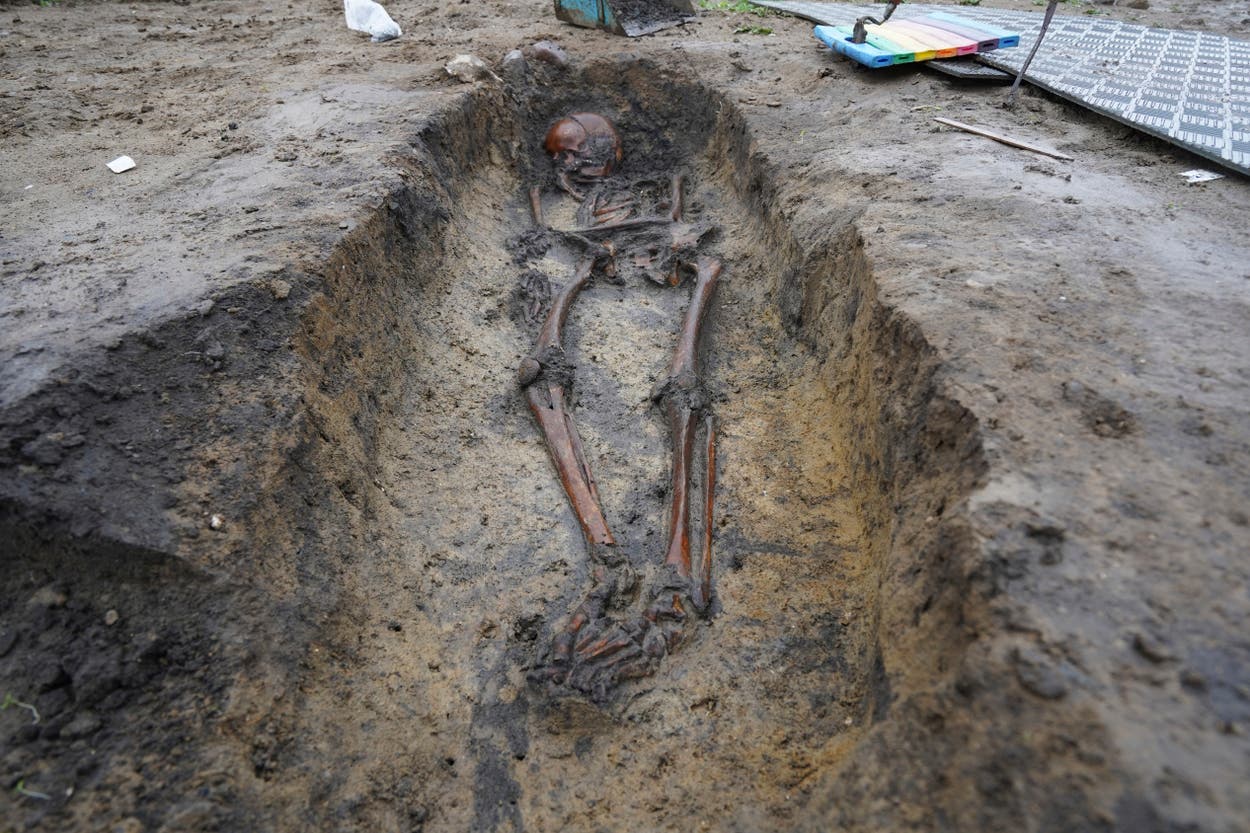When, in season four of the hit television series Vikings, Ragnar Lothbrok exhorts his fellow Norsemen to pull their ships out of the water and over the hills to attack Paris, it seems like an impossible feat – made for TV.
Certain written records, however, suggest that the act of dragging a ship across land – known as portage – is not so outlandish.
Both the 10th-century Byzantine text De Administrando Imperio and the 12th-century Rus text Nestor Chronicle describe instances of Vikings hauling ships over land. Now, a study taking place in Scotland could be about to provide further confirmation of this seemingly remarkable feat.
Read the rest of this article...



